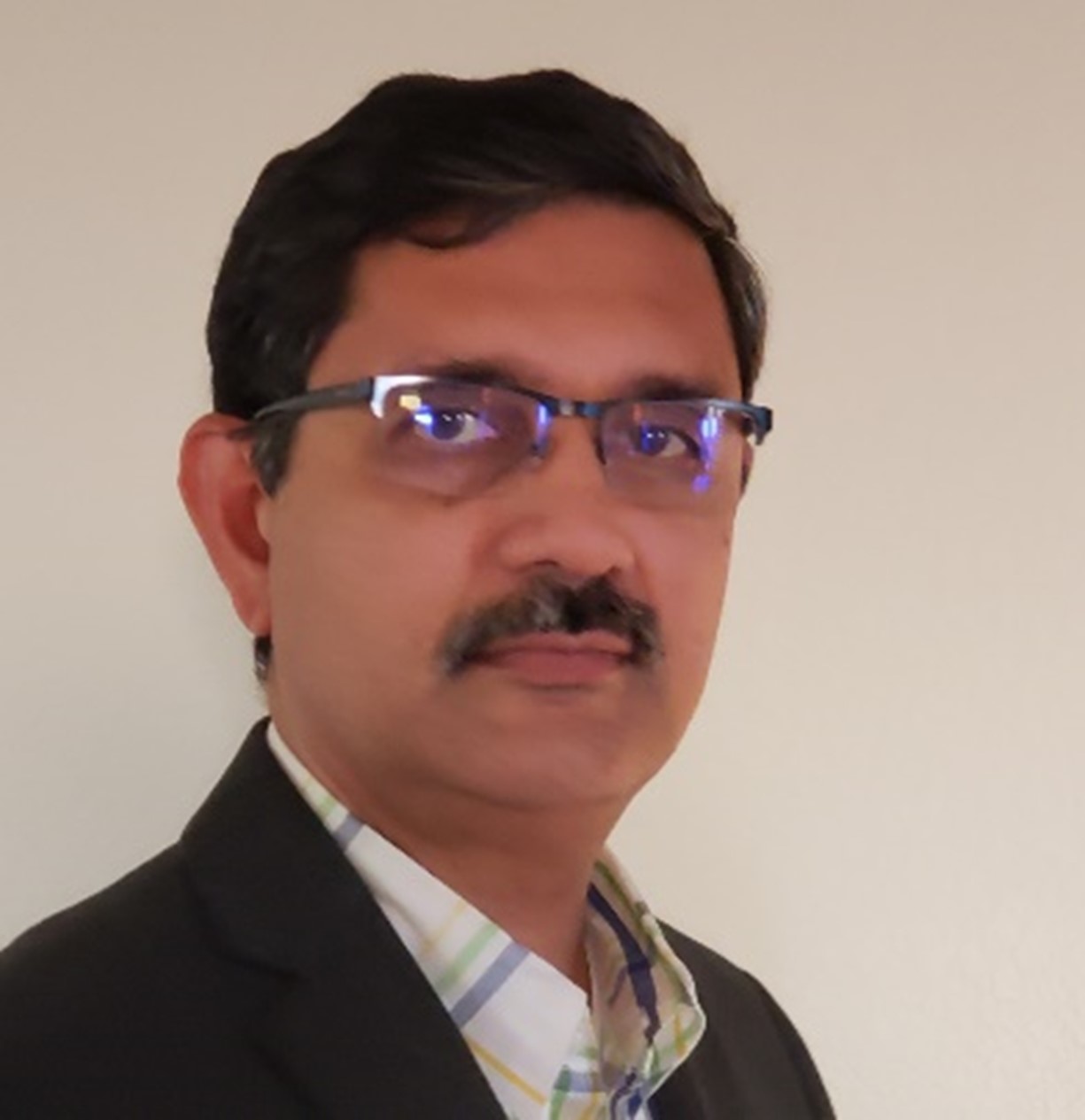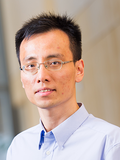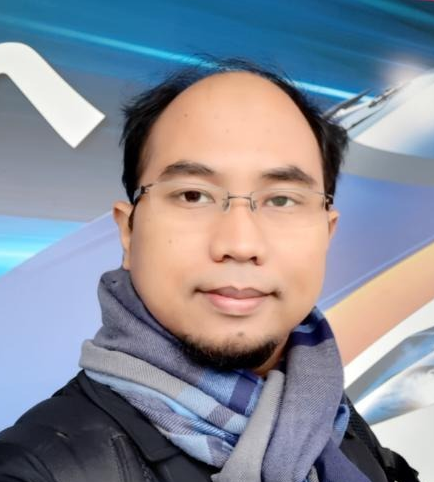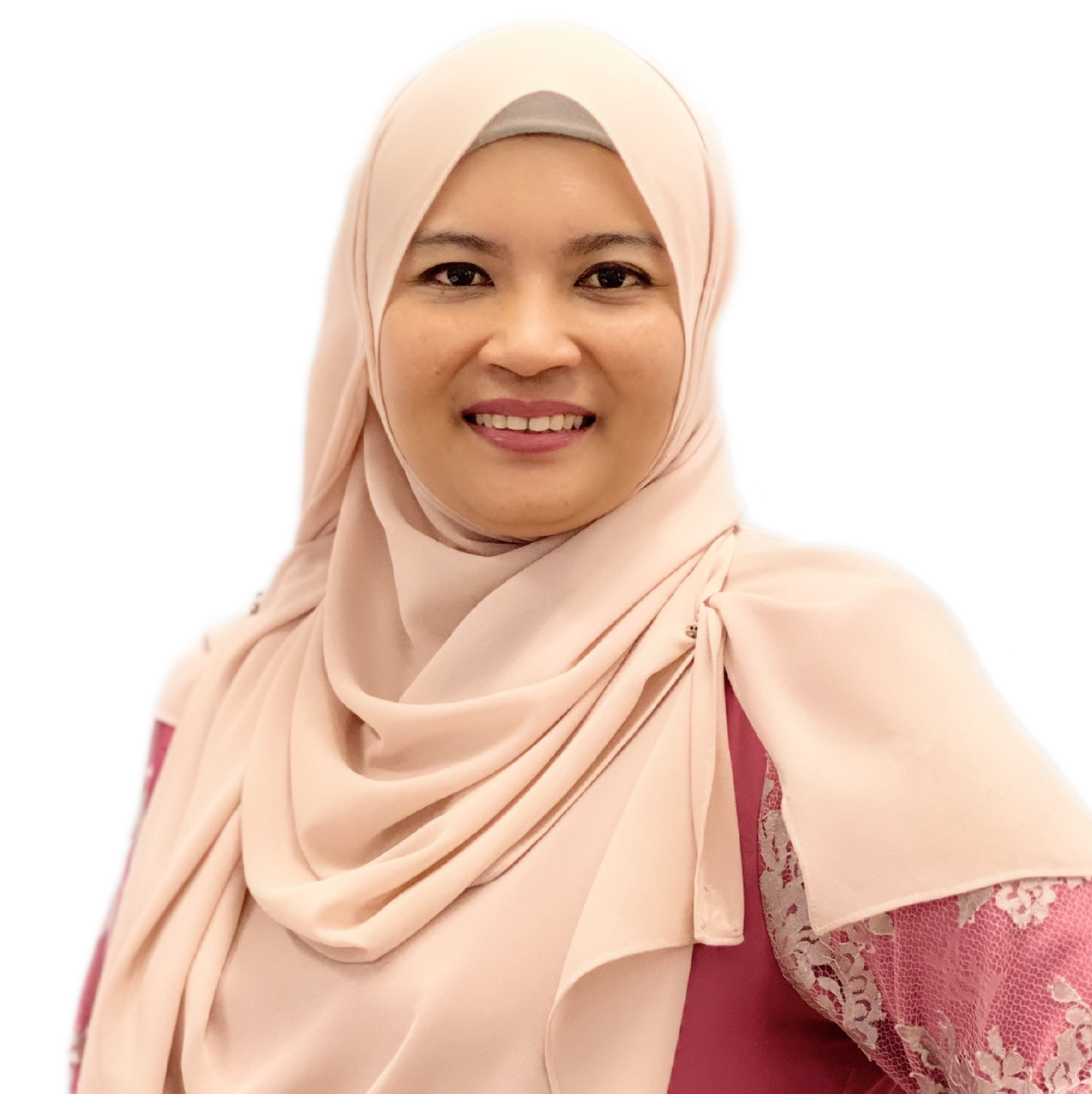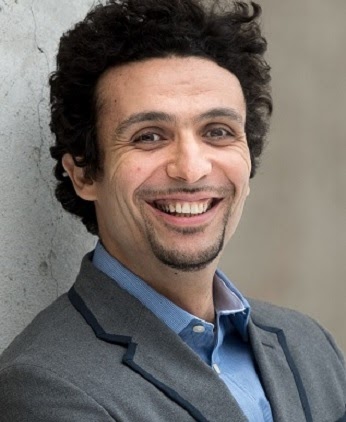
Prof. Dr. Mehdi Bennis
Full Professor, IEEE Fellow, Head of ICON, University of Oulu, Finland
Dr. Mehdi Bennis is a tenured full Professor at the Centre for Wireless Communications, University of Oulu, Finland, Academy of Finland Research Fellow and head of the intelligent connectivity and networks/systems group (ICON). His main research interests are in radio resource management, heterogeneous networks, game theory and distributed machine learning in 5G networks and beyond. He has published more than 200 research papers in international conferences, journals and book chapters. He has been the recipient of several prestigious awards including the 2015 Fred W. Ellersick Prize from the IEEE Communications Society, the 2016 Best Tutorial Prize from the IEEE Communications Society, the 2017 EURASIP Best paper Award for the Journal of Wireless Communications and Networks, the all-University of Oulu award for research, the 2019 IEEE ComSoc Radio Communications Committee Early Achievement Award and the 2020-2021 Clarviate Highly Cited Researcher by the Web of Science. Dr Bennis is an editor of IEEE TCOM and Specialty Chief Editor for Data Science for Communications in the Frontiers in Communications and Networks journal. Dr Bennis is also an IEEE Fellow.
Title of the talk: "Edge AI over Wireless: Present and Future"
Short abstract: The current premise in classical ML is based on a single node in a centralized and remote data center with full access to a global dataset and a massive amount of storage and computing. Nevertheless, the advent of a new breed of intelligent devices ranging from drones to self-driving vehicles, makes cloud-based ML inadequate. This talk will present the vision of distributed edgeintelligence featuring key enablers, architectures, algorithms and some recent results in an exciting and rapidly advancing area.
